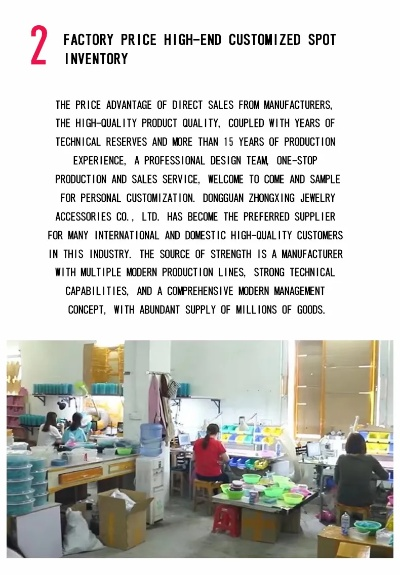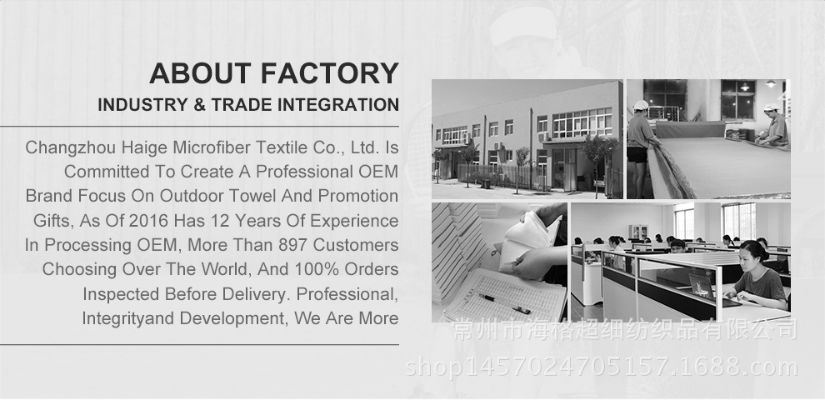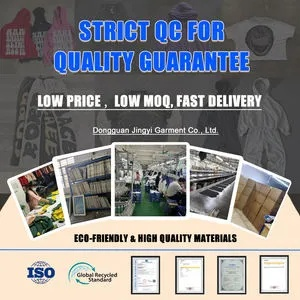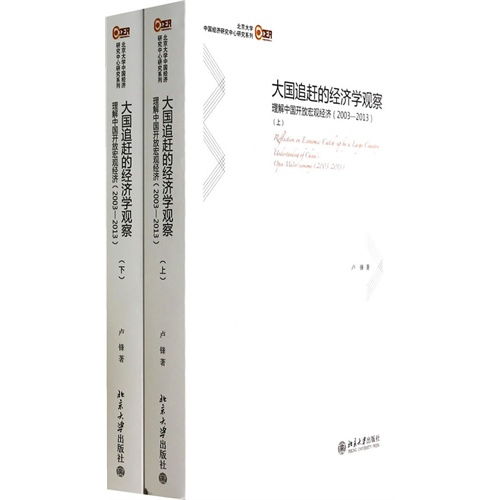The Future of Textile Certification Industry
The textile certification industry is a critical component of the global textile supply chain, ensuring that products meet specific quality and safety standards. As consumer demand for sustainable and ethically produced textiles continues to rise, the industry faces significant challenges in meeting these demands. One solution lies in adopting new technologies and processes that can streamline the certification process and improve efficiency. Additionally, collaboration between different stakeholders, such as manufacturers, retailers, and consumers, is essential for creating a more sustainable and transparent textile certification system. Ultimately, the future of the textile certification industry will depend on innovation, collaboration, and a commitment to sustainability.
The textile industry is one of the most significant sectors in the global economy, with a vast array of products ranging from clothing and home textiles to industrial materials. As consumers become more conscious of the environmental impact of their purchases, there has been a growing demand for certified and sustainable textiles. This has led to an uptick in the number of certifications available for textiles, such as the Global Organic Textile Standard (GOTS), Oeko-Tex Standard 100, and the Fair Trade Certified Products (FTC) label. In this essay, we will explore the current state of the textile certification industry and its potential future developments.

To start, let's take a look at some key statistics regarding the textile certification industry. According to a report by the Textile Exchange, the global textile certification market was worth $2.5 billion in 2020, with an estimated growth rate of 6.8% annually. This indicates that the demand for certified textiles is on the rise, driven by consumer preferences and regulatory requirements.
One of the main drivers behind this growth is the increasing awareness of environmental issues among consumers. Many are turning to sustainable and eco-friendly products, which are often certified by third-party organizations to ensure they meet certain standards. For example, the GOTS certification requires textiles to be made from organically grown cotton or wool, without the use of harmful pesticides or synthetic fertilizers.
Another factor driving the growth of the textile certification industry is the increasing demand for fair trade products. Fair trade certification ensures that workers in developing countries receive a fair wage and safe working conditions, which appeals to consumers who value ethical production practices. The FTC label is now widely recognized and accepted globally, making it an attractive option for manufacturers looking to increase their market share.
In addition to consumer preferences, government regulations also play a significant role in shaping the future of the textile certification industry. Many countries have implemented laws requiring textile companies to obtain certification before selling their products. For example, China's Ministry of Commerce requires all textile products sold in the country to comply with the GB/T 18402 standard, while India's Consumer Affairs Department mandates that all textile products sold in the country must be certified under the FSC (Forest Stewardship Council) system.
As these regulations continue to grow in number and stringency, the demand for certified textiles is likely to increase even further. Companies that can successfully navigate these regulations and offer high-quality, sustainable products will find themselves at a competitive advantage in the market.
Looking ahead, the textile certification industry is expected to continue its rapid growth trajectory. According to a forecast by the Textile Exchange, the global textile certification market is expected to reach $3.7 billion by 2025, with a compound annual growth rate of 9.5%. This growth is driven by a combination of factors, including increased consumer demand for sustainable and ethical products, technological advancements that make it easier to verify product origin and quality, and increased regulatory pressure on textile companies to adopt sustainable practices.
However, as the industry continues to evolve, so too does the landscape of certification options available to manufacturers. New certifications are being developed all the time, reflecting the changing needs and priorities of consumers and businesses alike. For example, there is currently a growing interest in certifications that focus specifically on sustainability across multiple stages of the supply chain, from raw material sourcing to end product disposal.
Additionally, as technology continues to advance, new methods of verifying product authenticity and quality are emerging. From blockchain-based authentication systems to machine learning algorithms that can identify patterns of non-compliance, these innovations will undoubtedly play a significant role in shaping the future of the textile certification industry.
Finally, it's important to note that while the textile certification industry is growing rapidly, there are still challenges to overcome. One of the biggest challenges facing the industry is ensuring that certification processes are transparent and consistent across different regions and industries. Additionally, there is a need for greater collaboration between certification bodies and industry players to develop common standards and best practices for sustainable textile production.
In conclusion, the textile certification industry is poised for continued growth and expansion in the years to come. With increasing consumer demand for sustainable and ethical products, coupled with regulatory pressures and technological advancements, manufacturers looking to succeed in this market must prioritize sustainability and transparency in their operations. By doing so, they can position themselves as leaders in the industry, offering customers products that align with their values and helping to build a brighter future for our planet.

随着全球纺织行业的快速发展,纺织品认证行业也迎来了新的发展机遇,本篇报告将深入探讨纺织品认证行业的发展前景,并结合实际案例进行分析。
纺织品认证行业现状
市场规模与增长趋势
纺织品认证行业市场规模不断扩大,呈现出快速增长的趋势,随着国际贸易的深入发展,各国对纺织品安全和质量的要求不断提高,纺织品认证行业的需求日益旺盛。
主要认证标准与认证机构
纺织品认证主要涉及纤维含量、有害物质限量、环保标准等多个方面,不同国家和地区有不同的认证标准,常见的认证机构包括国际纺织产品协会、国内纺织行业协会等。
纺织品认证行业发展前景分析
技术创新推动行业发展
随着科技的不断进步,纺织品认证行业的技术不断创新,推动了行业的发展,新型检测技术、数据分析技术的应用等,提高了纺织品认证的准确性和效率。
市场需求不断增长
随着全球纺织行业的快速发展,人们对纺织品安全和质量的要求不断提高,纺织品认证市场需求不断增长,各国政府对纺织品安全和质量的要求也越来越严格,为纺织品认证行业提供了更多的发展机遇。

行业发展趋势
纺织品认证行业将朝着更加规范化、标准化方向发展,行业也将更加注重技术创新和人才培养,提高行业整体水平,行业还将更加注重环保和可持续发展,推动行业绿色发展。
案例分析
以某知名纺织品认证品牌为例,介绍其在纺织品认证行业的发展情况,该品牌在纺织品认证方面具有较高的知名度和影响力,其产品广泛应用于国内外市场,该品牌主要涉及纤维含量、有害物质限量等多个方面的纺织品认证,其认证流程严格遵守相关标准和法规,该品牌在技术创新、人才培养等方面也取得了显著的成绩,为行业发展做出了重要贡献。
技术创新与升级
纺织品认证行业将更加注重技术创新和升级,新型检测技术、数据分析技术的应用等将更加广泛地应用于纺织品认证行业中,提高纺织品认证的准确性和效率,行业还将加强与国际先进技术的交流与合作,推动行业的技术创新和升级。
政策支持与市场拓展
纺织品认证行业将受到政策支持与市场拓展的双重推动,各国政府对纺织品安全和质量的要求将越来越严格,为纺织品认证行业的发展提供了更多的发展机遇,随着国际贸易的深入发展,纺织品认证市场也将不断扩大,为行业发展带来了更多的机遇。
纺织品认证行业作为纺织行业的重要组成部分,其发展前景广阔,随着科技创新和政策支持的不断加强,纺织品认证行业将迎来更加广阔的发展空间,行业也将更加注重技术创新和人才培养,提高行业整体水平,纺织品认证行业将继续朝着规范化、标准化方向发展,推动行业绿色发展。
Articles related to the knowledge points of this article:
The Dynamics of Jinwang Textiles:A Global Fabrication and Market Leader
The Story of 佰佳纺织品 A Textile Brands Journey



